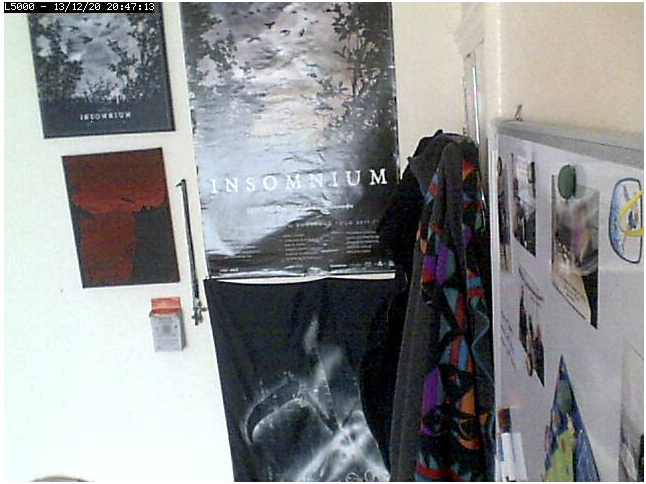The Linux Kernel 4.1.0 is now available for the users, announced Linus Torvalds. This Linux Kernel version comes with plenty of fixes and improvements. This article will guide you to install or upgrade to Linux Kernel 4.1.0 in your Ubuntu or Linux Mint system.
Installation
For 32-Bit Systems
Download the .deb packages.
Reboot the system.
$ wget http://kernel.ubuntu.com/~kernel-ppa/mainline/v4.1-unstable/linux-headers-4.1.0-040100_4.1.0-040100.201506220235_all.deb
$ wget http://kernel.ubuntu.com/~kernel-ppa/mainline/v4.1-unstable/linux-headers-4.1.0-040100-generic_4.1.0-040100.201506220235_i386.deb
$ wget http://kernel.ubuntu.com/~kernel-ppa/mainline/v4.1-unstable/linux-image-4.1.0-040100-generic_4.1.0-040100.201506220235_i386.deb
$ sudo dpkg -i linux-headers-4.1.0*.deb linux-image-4.1.0*.deb
After installing the kernel, you may run sudo update-grub command in terminal (Ctrl+Alt+T) to refresh grub boot-loader.
Reboot the system.
sudo reboot
For 64-Bit Systems
Download the .deb packages.
Reboot the system.
To uninstall,
$ wget http://kernel.ubuntu.com/~kernel-ppa/mainline/v4.1-unstable/linux-headers-4.1.0-040100_4.1.0-040100.201506220235_all.deb
$ wget http://kernel.ubuntu.com/~kernel-ppa/mainline/v4.1-unstable/linux-headers-4.1.0-040100-generic_4.1.0-040100.201506220235_amd64.deb
$ wget http://kernel.ubuntu.com/~kernel-ppa/mainline/v4.1-unstable/linux-image-4.1.0-040100-generic_4.1.0-040100.201506220235_amd64.deb
$ sudo dpkg -i linux-headers-4.1.0*.deb linux-image-4.1.0*.deb
After installing the kernel, you may run sudo update-grub command in terminal (Ctrl+Alt+T) to refresh grub boot-loader.
sudo reboot
To uninstall,
sudo apt-get remove 'linux-headers-4.1.0*' 'linux-image-4.1.0*'





